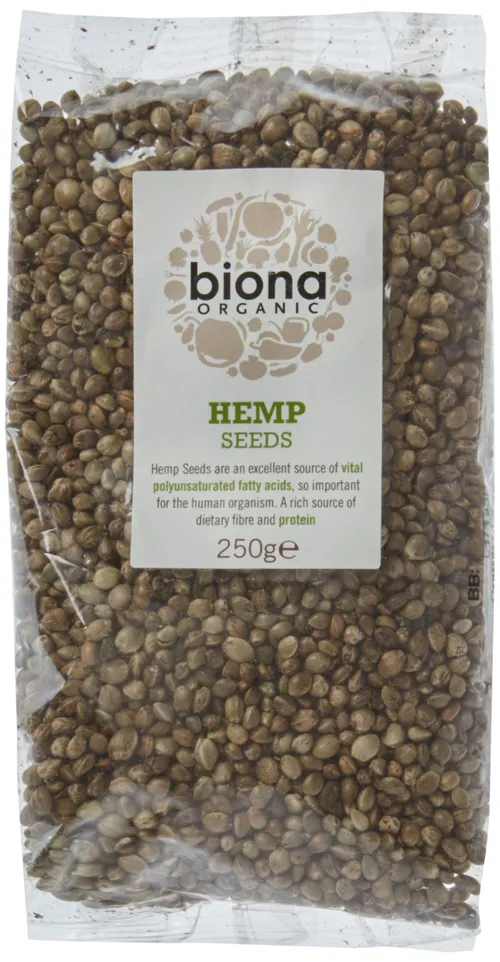Building with Hemp: A Circular Path to Ireland’s Climate Resilience and Beyond
- smartlabskelligs
- May 11
- 2 min read
By Walter Brennan, MSc
Industrial hemp and products, Image Credit: Hemp Blocks Olivier Duport, 2009 CC BY-SA 3.0
Ireland’s landscape is steeped in tradition, but the terrain of its future must be shaped by innovation. As the nation faces steep greenhouse gas (GHG) reduction targets set for 2030, the stakes are high—both environmentally and economically. The Environmental Protection Agency (EPA) warns of multibillion-euro fines from the European Union if current trajectories are not altered. Together, the Built Environment and Agriculture account for over 70% of Ireland’s emissions. Yet traditional carbon accounting still overlooks one of the most impactful factors: the embodied carbon of the materials we build with.
What if the solution to this emissions conundrum could be found not in imported technologies, but in the soil itself?
This question led to an exploration of one of the world’s oldest crops—Cannabis Sativa Linn, commonly known as hemp. Grown domestically, processed sustainably, and deployed innovatively, hemp-based building materials offer a remarkable opportunity to address emissions across sectors. They combine low embodied energy with high carbon sequestration capacity, making them an ideal candidate for Ireland’s shift toward a circular economy—an economy in which waste becomes a resource, and carbon is not emitted, rather stored.
We are pleased to share a link to the full article in Plantings, Issue 47: May 2025 The Journal of the World Sensorium / World Conservancy
References
Ahmed, F., Islam, Z., Mahmud, S., Sarker, E. and Islam, R. (2022) ‘Hemp as a potential raw material toward a sustainable world: A review’, Heliyon 8(1) p. e08753.Available at: https://www.cell.com/action/showPdf?pii=S2405-8440%2822%2900041-X
Brennan, W. (2025) ‘Hemp-based building materials: A circular economic strategy to mitigate Ireland’s Built Environment and Agriculture emissions’. Centre for Alternative Technology and University of East London, in fulfillment of MSc dissertation in Green Building
Government of Ireland (2024). ‘Climate Action Plan’. p. 36. Gov.ie. Available at: https://www.gov.ie/pdf/?file=https://assets.gov.ie/296414/7a06bae1-4c1c-4cdc-ac36-978e3119362e.pdf#page=null (Accessed 12th February 2025)
Ireland’s Environmental Protection Agency (2024). Ireland’s Provisional Greenhouse Gas Emissions. version 6.Available at: https://www.epa.ie/publications/monitoring–assessment/climate-change/air-emissions/EPA-Provisional-GHG-Report-Jul24-v6.pdf (Accessed 12 January 2025)
Irish Green Building Council (2022). Building a Zero Carbon Ireland – A roadmap to decarbonise Ireland’s Built Environment across its Whole Life Cycle. IGBC.Available at: https://www.igbc.ie/wp-content/uploads/2022/10/Building-Zero-Carbon-Ireland.pdf (Accessed 13 February 2025)
Muttil, N., Sadath, S., Coughlan, D., Paresi, P., and Singh, S. (2024) ‘Hemp as A Sustainable Carbon Negative Plant: A Review of Its Properties, Applications, Challenges and Future Directions’. International Journal of Integrated Engineering, 16(2), pp. 1-12Available at: https://vuir.vu.edu.au/48906/1/Hemp%20_as_A_Sustainable_Carbon_Negative_Plant.pdf
Osho, M., Ajayi, F. and Alade, B. (2024) ‘Innovative Building Materials for decarbonisation: From carbon negative solutions to circular construction practices’, International Research Journal of Modernization in Engineering Technology and Science, 6(9), pp. 2724-2741.Available at: https://www.doi.org/10.56726/IRJMETS61835
Struik, C., Amaducci, S., Bullard, M.J., Stutterheim, N.C., Venturi, G. and Cromack, H. (2000) ‘Agronomy of fibre hemp (Cannabis sativa L.) in Europe’. Industrial Crops and Products, 11(2-3) pp. 107-118.Available at: https://doi.org/10.1016/S0926-6690(99)00048-5












